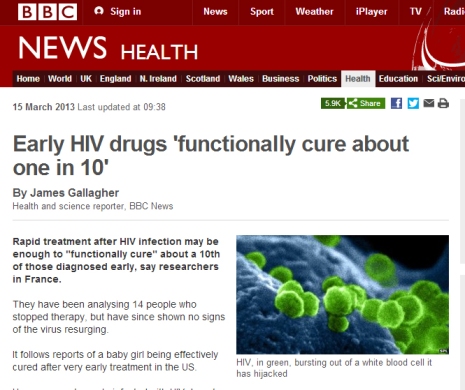So on Tuesday 12 March I opted to go to a talk on ‘how to spot a shabby statistic’ by Professor David Spiegelhalter. With my increasing interest in the news and how legitimate science/health stories really are, this talk seemed apt. It also happens to be the International Year of Statistics – you learn something new every day!
As I got to the Babbage Lecture Theatre, it was brimming with an electric energy and filled up extremely fast (turns out the event was fully booked). I loved it – it was like being back at university again, but this time I imagined that I was a Cambridge University student. These kind of events are also great for this reason – they open up places to the public that could otherwise never be accessed.
Professor David Spiegelhalter stole the show – his enthusiasm, extensive knowledge and charisma turned what could have been a potentially dull subject into a fascinating debate, challenging the audience to question whether we can trust the stats we see in the news. Below are a few of the main points he raised:
- Headlines are exaggerated - generalised words such as ‘up to’ and ‘about’ are always suspect. A careless example of generalisation is portrayed in the following stat: ’10% of all deaths could be avoided’. The word all is particularly problematic.
- No independent comment – is there a critique of this? If not, then it’s most likely to be fictional.
- Small? Always look at how many people were involved in the study the article is based on – you cannot apply results based on a study of 8 people to the whole population. For example, one article stated that there is a ’38,000 increase in unemployed’. However, unemployment is based on a survey!
- The same point goes for just a single study? Even if the study was carried out on a large sample, is it representative?
- Higher risk? Journalists use the common ‘mechanism of shifting possible risk to absolute risk’ just to sell a story. For example, the headline ‘Daily fry up increases risk of cancer by 20%’ is completely inaccurate. Professor David Spiegelhalter worked out that eating a sausage a day would only cut 20 minutes off your life each day…and who wants to live until they’re 80 anyway? Might as well enjoy that sausage while you can! Professor David Spiegelhalter comically demonstrated this by eating real sausages live in front of the audience – a great touch.
- Graphics? Often the images that accompany the article are manipulated to aid the deception. Seeing is not believing.
- PR Puff – half the picture, what am I not being told? Be cynical, don’t take anything at face value. The article/stat could be based on a hidden motive from an organisation, for example advocating their sponsor/their mission.
- Relevance unclear? The recent articles stating that a cure for Alzheimer’s disease has been found stem from tests on mice. Is this really the same?
- Unjustified advice? A recent article stated that ‘Fizzy drinks make teenagers violent’. Again, the sample for this was tiny and it might be explained by other factors not considered.
Professor David Spiegelhalter rounded off his talk by concluding that, despite all the points he made, the handling of the news is slowly improving- it is not as bad as it used to be. On the whole, he has a very high opinion of current science correspondence and thinks the main stories aren’t unreasonable – the headlines are the main culprits.
Cambridge Science Festival runs until Monday 25 March – so don’t miss out! Check the website for What’s On.



No comments:
Post a Comment